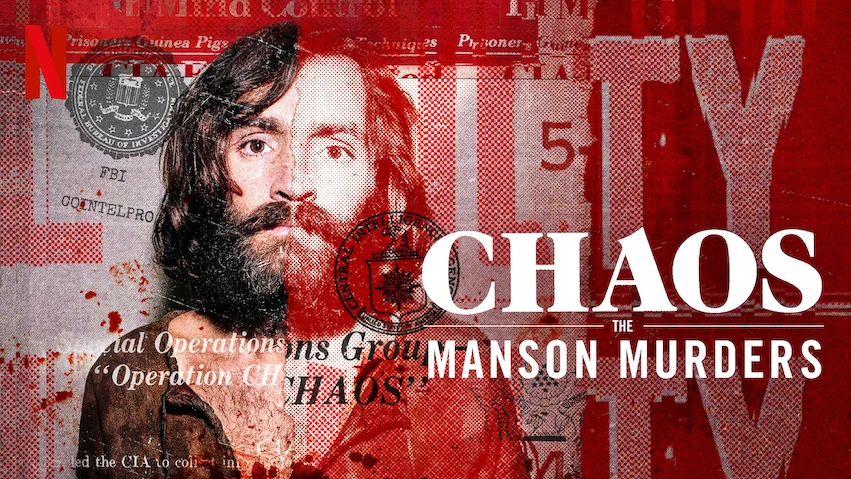
Unraveling Chaos: The Manson Murders in Cinema
The Manson Murders have long captivated audiences, not just as a grim historical event, but as a rich narrative tapestry that filmmakers and documentarians have sought to unravel. The violent acts perpetrated by Charles Manson and his followers in 1969 left an indelible mark on American culture, and over the years, numerous cinematic portrayals have attempted to explore the chaotic minds behind the infamous killings. With each adaptation, creators interpret the Manson story through their unique perspectives, revealing layers of complexity that continue to fascinate viewers.
Historical Context and Cultural Impact
To fully understand the Manson Murders in cinema, it's essential to recognize the historical context in which they occurred. The late 1960s in America was a time marked by contrasts—significant societal upheaval, a burgeoning counterculture, and the quest for spiritual awakening. Manson's so-called "family" utilized the turmoil of the era to manipulate vulnerable individuals, creating a dangerous cult atmosphere. Filmmakers have taken these elements and woven them into narratives that highlight not only the gruesome murders but also the societal influences that birthed them. As a result, the cinematic portrayals have evolved from simple recountings of events to complex psychological explorations of the people involved.
Cinematic Interpretations
Over the years, various films and documentaries have tackled the Manson narrative from different angles. Notable among these are films like "Helter Skelter," which provides a chilling dramatization of the police investigation and trial that followed the murders, and Quentin Tarantino’s "Once Upon a Time in Hollywood," which offers a revisionist take on the era, blending fact with fiction. Each of these films serves a different purpose, whether to entertain, provoke thought, or educate viewers about the darker corners of human nature. The ability of cinema to reshape historical events allows audiences to engage with the Manson Murders on multiple levels, sparking discussions about morality, influence, and the fragility of societal norms.
The Chaos The Manson Murders Store Phenomenon
In exploring the Manson Murders, one cannot escape the commercialization that surrounds this dark chapter of history. The Chaos The Manson Murders Store embodies this phenomenon, catering to a niche market that seeks to connect with the bizarre artifact culture surrounding the killings. Such stores often sell memorabilia, books, and merchandise that evoke the gruesome details of the murders. This can be unsettling, and raises questions about the ethics of profiting from tragedy. Nevertheless, it reflects a broader fascination with crime and the macabre that has been prevalent in society for decades. The store thus serves as a commentary on how history can be simultaneously respected and profaned in the quest for capital and curiosity.
Legacy and Reflection
The legacy of the Manson Murders will undoubtedly continue to inspire filmmakers and artists as they grapple with the complexities of evil, influence, and group psychology. Through a cinematic lens, audiences can explore the motivations behind such heinous acts, hopefully emerging with a better understanding of the fine line between chaos and order in society. As these narratives develop, viewers are compelled to reflect on the darkest aspects of human nature while considering their implications on contemporary society. The Manson narrative serves not only as a cautionary tale but as an ongoing conversation about the societal structures that can give rise to such chaos.
In conclusion, the portrayal of the Manson Murders in cinema is more than a mere retelling of horrific events; it is an exploration of the human psyche, societal dysfunction, and the boundaries of morality. As filmmakers continue to delve into this dark enclave of history, they enrich our understanding of its complexities, thus ensuring that the chaos surrounding the Manson Murders remains a poignant topic in popular culture.
